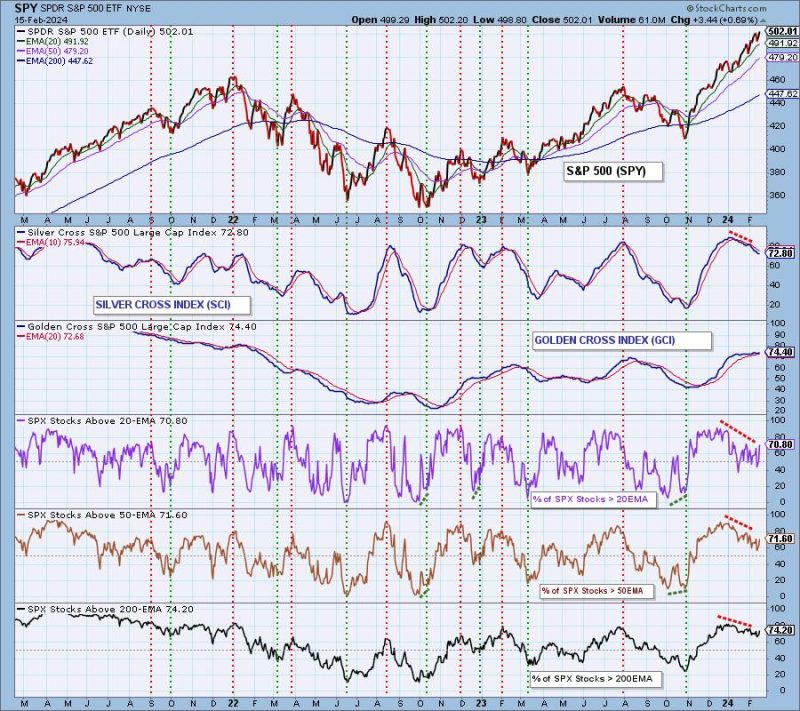Over recent years, the dynamics of the global financial market have undergone significant changes. As we delve deeper into this topic, we will highlight the alarming trend of diminishing BUY signals, their impacts on investors, and potential countermeasures.
Firstly, let’s define BUY signals. These are alerts or decisions within investment strategies indicating that it is potentially profitable to buy a particular stock, bond, or other financial instruments. They are usually driven by various factors such as technical analysis, positive market trends, robust financial health of a company, or significant news events. However, at present, the consistency and strength of these BUY signals in the financial markets are waning at an unprecedented rate.
In comparison with prior years, this diminishing trend can be traced to multiple reasons. Foremost are the uncertainties and increased volatility in markets due to global political shifts, natural disasters, economic imbalances, and most recently, the COVID-19 pandemic. These factors have all considerably affected predictive models, making it tougher for investors to identify robust buying opportunities.
Moreover, the increase in high-frequency trading (HFT) and the rapid evolution of algorithmic trading has added a new realm of sophistication to the markets. Algorithmic trading is characterized by complex formulas and high-speed decision-making capabilities, which, while increasing transaction efficiency, often diminishes the appearance of traditional BUY signals. This is because algorithmic trading takes advantage of short-lived buying opportunities quickly, leaving fewer chances for individual or smaller scale investors.
Additionally, inflation and higher interest rates have been dampening investor enthusiasm. With the potential for higher returns from alternative investments, such as treasury bonds, the allure of traditional market instruments lessens – thereby reducing the generation of BUY signals. Interestingly, these same factors have resulted in a surge of alternative investment platforms, which provide diverse options but add to the complexity of the market.
Economic indicators suggesting slower economic growth also contribute to the decreasing BUY signals. For instance, issues like increasing corporate debt or decreasing consumer spending can send signals that businesses might suffer in terms of growth and profitability. This can lead investors to reassess their confidence in the market.
However, this downward trend shouldn’t necessarily be considered a death knell for investments. The strength of the market lies in its dynamism. Yes, BUY signals are diminishing, but newer forms of BUY signals are emerging. These include social sentiment signals derived from social media platforms, crowd wisdom from investor forums, and other unconventional methods. As such, one can argue that while traditional BUY signals






























